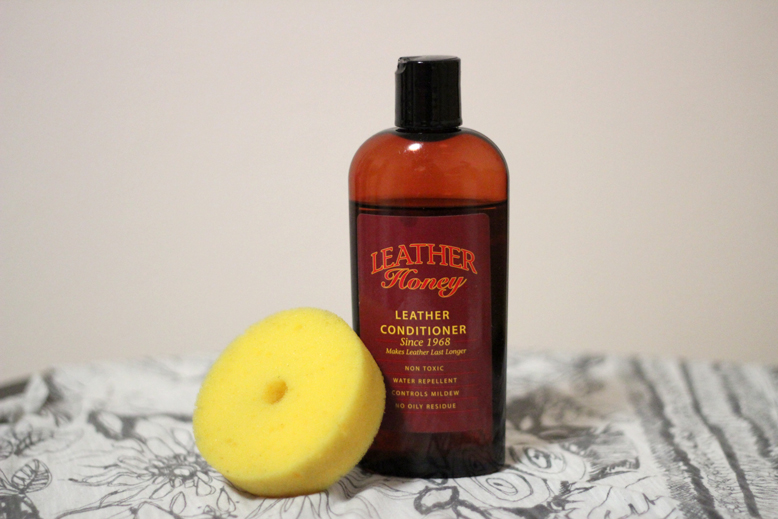How to Winterize the Interior of Your Car
- Written by The Driver
- Published in News
- font size decrease font size increase font size
- Be the first to comment!
Vehicle undercarriages and door seals aren't the only items that you should prepare for cold weather; it's just as important to winterize the interior of your car. Unfortunately, many people don't know how to go about this, especially when their vehicles have leather seats.
Why Winterization is Important?
Remember, the biological processes that once kept your seat leather flexible and soft are no longer active. In the freezing cold, the molecular bonds that hold the material together can't rely on cell growth to repair damage. It's essential to offset degradation by replicating the natural way of things.
As an organic substance, leather is susceptible to far more damage from temperature fluctuations and air quality changes than its synthetic counterparts. Vehicles that employ this expensive material require extra protection in order to maintain their value and appearance, and it all starts with how well you treat your seats and trim surfaces. Follow these basic tips on caring for your leather in order to prevent cracking, drying, fading and other forms of winter-induced damage:

1) Don't Rely on the Manufacturer's Treatment
Many drivers believe that their vehicles will be fine in cold weather because they came complete with some form of leather coating. This treatment, however, generally breaks down over time, after being subjected to UV radiation, heat and other environmental factors.
Once that happens—or if your seats never had a protective coating in the first place—it's essential to supplement the manufacturer coating on your leather with leather conditioner as the original barrier breaks down. This ensures your seats are never directly exposed to degradation.
2) Keeping Leather Clean
Another critical aspect of being organic is that leather can undergo chemical reactions with dirt, moisture, oils, salts and other common substances. These agents naturally collect on seats as people get in and out of cars and touch surfaces with their hands.
When leather is penetrated by salts, oils or even water, it can lose its suppleness, change color and crack. Winter weather only makes things worse; by inducing thermal contraction, the cold stresses weak spots and exacerbates the effects of these chemical reactions even further.
Using leather cleaner on a regular basis is the easiest way to prevent such problems. Removing the surface dirt before it can penetrate the material ensures that it doesn't have a chance to cause deep, irreversible damage.
3) Don't Make More Work for Yourself
One important thing to remember about cleaners is that some might actually leave unwanted chemicals behind. Synthetic solvents and harsh cleaners that do a good job of making dirt disappear commonly build up on natural leather. Eventually, these residues have the same effects as the dirt you're trying to eliminate.
Make sure to use all-natural leather cleaner, as it allows you to actually get the leather clean without leaving harmful substances behind in the process. They're also easier on your skin, so you're not as likely to come down with a rash simply from sitting in your freshly cleaned seats.

4) Always Condition after Cleaning
The one downside of all cleaners that remove dirt is that they can also strip oils from the leather. Like the other problems we've covered, this increases brittleness and leads to cracking.
Natural conditioners are designed to reverse such phenomena and return your seats to a more organic state. In the process, they infuse leather with much-needed moisture and create water-repellant barriers that help preserve their new, pristine condition.
5) Doing Things Properly
Never rush through the process of winterizing your leather seating. For best results, you want to allow the conditioners to soak into the surfaces and penetrate them with natural moisture.
Be certain to take your time cleaning as well. Tough dirt won't always come off right away, and it's better to gently reapply cleaner than to scrub so hard that you cause damage.
About the author:
Jim McGowen is the founder of Leather Honey Leather Conditioner, the #1 selling leather conditioner on Amazon.com. Jim has been in the leather care & maintenance industry for over 40 years. Learn more about how to winterize your car's interior with leather conditioner for cars by checking us out online. If you're in Canada, visit our Amazon Canada store to keep your vehicle interior in top condition.
